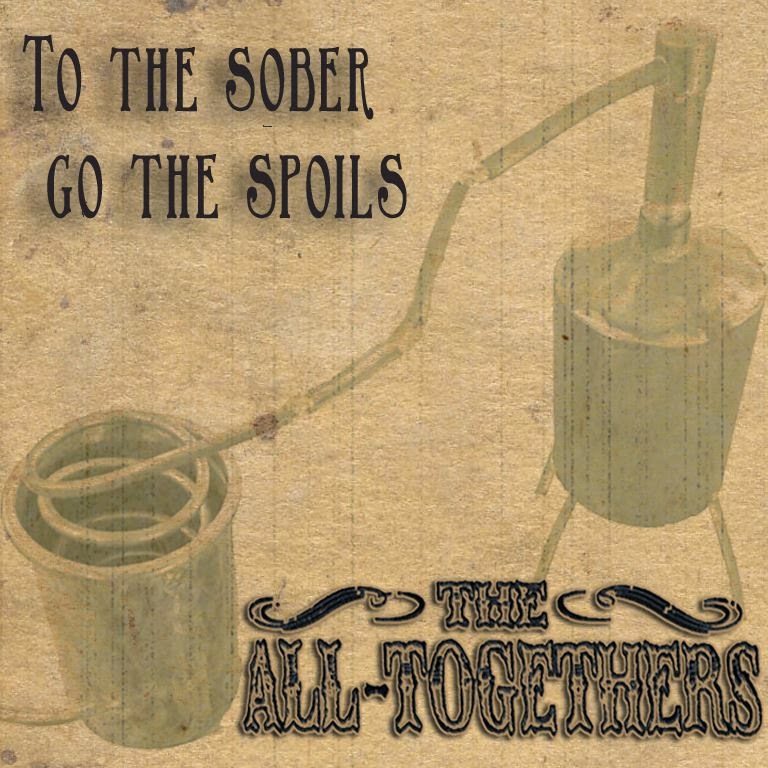

Nowadays their treasures are explained by scholars who use their holdings and loans to inform and entertain the public. Generations of people have been inspired by visits to universal museums, such as the Louvre, the British Museum, the Metropolitan Museum of Art, or Berlin’s collections. But like the façades, the interiors conjure up an anachronism: the noble universal museum founded to educate the public. Like the building’s façades, this conceit works for a moment: the outriggers of Oceania, the frescoes of the Silk Road, and the masks of African tribes across the street from the bust of Nefertiti, the Pergamon Altar, and Caspar David Friedrich’s Romantic landscapes-a brilliant juxtaposition that puts non-Western and Western art on the same level. What began as a pet project of Prussian nostalgists won over skeptics by promising a forward-thinking bridge between Western and non-Western cultures-a symbol of Berlin’s aspirations to be an up-to-date world capital. The new complex was named after the German scholars Wilhelm and Alexander von Humboldt, two Enlightenment figures who spoke to universal values of knowledge and scientific inquiry. The rebuilt palace would provide a counterpoint by housing the Museum of Asian Art and the Museum of Ethnology. This complex gives the traditional version of Western culture’s roots: from ancient Egypt, Greece, and Rome to the Europe of nation-states. At the time they were housed in a largely custom-built museum in the university district of Dahlem, to the city’s south, but instead-so the argument went-they could be displayed next to the story of Western civilization, which is told across the street in five museums that make up what is known as Museum Island. Although it was first proposed in the 1990s as a way to restore Berlin’s lost heart, the project only gained critical support when its proponents suggested making it a showcase for the city’s collection of cultural objects from Asia, Africa, the Americas, and Oceania. Like a colored postcard from the past, it makes it possible to imagine that Berlin’s Prussian center is intact, and that the twentieth century didn’t happen.īut the building’s most audacious trompe l’oeil lies inside its walls. Still, if one walks east along Unter den Linden, passing the State Opera, the Humboldt University, and the equestrian statue of Frederick the Great, the Humboldt Forum completes the tableau.

The eastern façade was left plain, to show that the building is a reconstruction. They are adorned with 2,800 handmade sandstone figures, some of them originals salvaged from the wreckage of the demolished palace. Three of the Humboldt Forum’s façades imitate the Stadtschloss’s original extravagance. What was once an eccentric vision is now surprisingly real. The latter argument prevailed, and in 2021 part of the new building opened, with the rest opening last September. That was followed by nearly ten years of debate over whether to rebuild the Stadtschloss, with critics lampooning the project as nostalgic kitsch and advocates touting it as an important new space for exhibitions. By 2008 it had been razed, leaving a gaping hole in the city center. When Germany reunited in 1990, the building was found to be ridden with asbestos and closed. For good measure, they later built a convention center–like structure called the Palace of the Republic on the site. After that section of the city became part of East Germany in 1949, the country’s rulers demolished it to signal their break with the past. When Berlin was divided by the Allied powers after World War II, the palace, which had been heavily damaged by bombing, lay in the Soviet zone. The building is a reconstruction of the Stadtschloss, or City Palace, the main residence of the Hohenzollerns from 1443 to 1918, as they evolved from a family of counts and dukes to one of kings and kaisers. Partially clad in a Baroque façade of glowing cherubs, gods, and lions, Berlin’s Humboldt Forum was conceived as a way to make a shattered city whole.


 0 kommentar(er)
0 kommentar(er)
